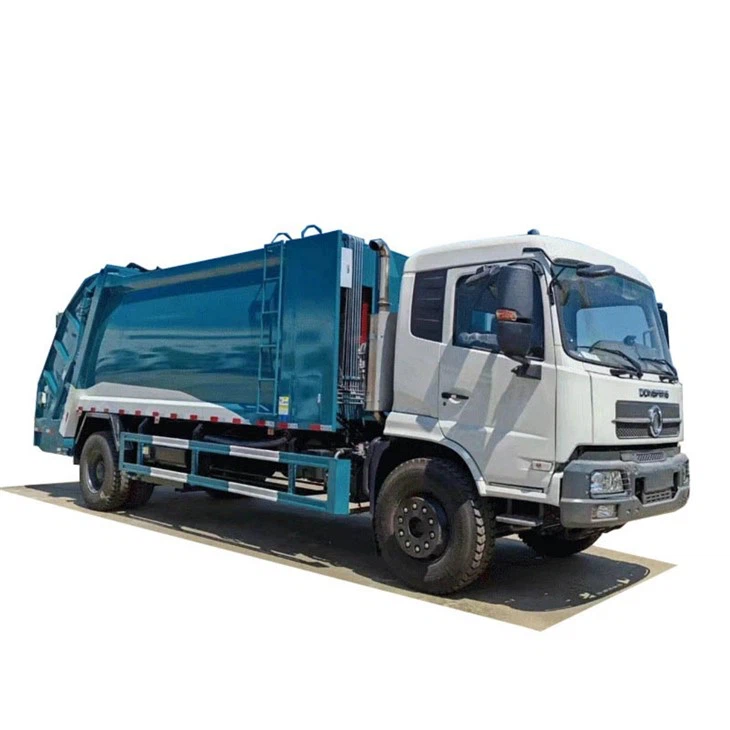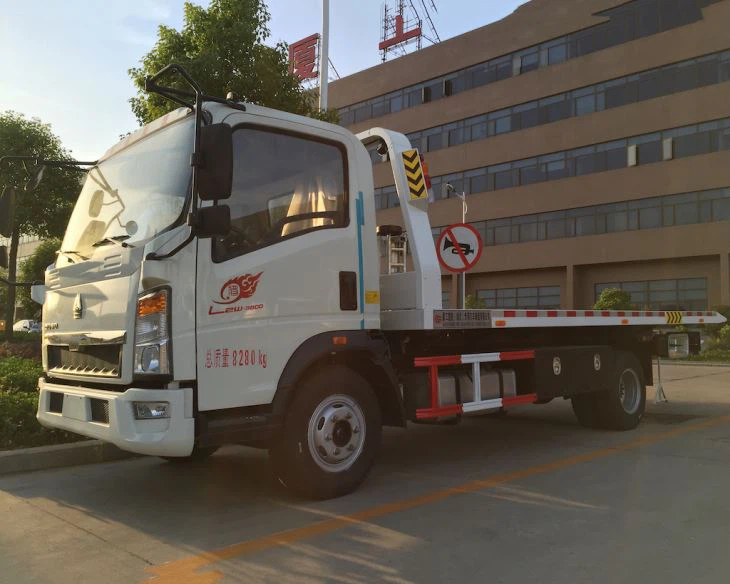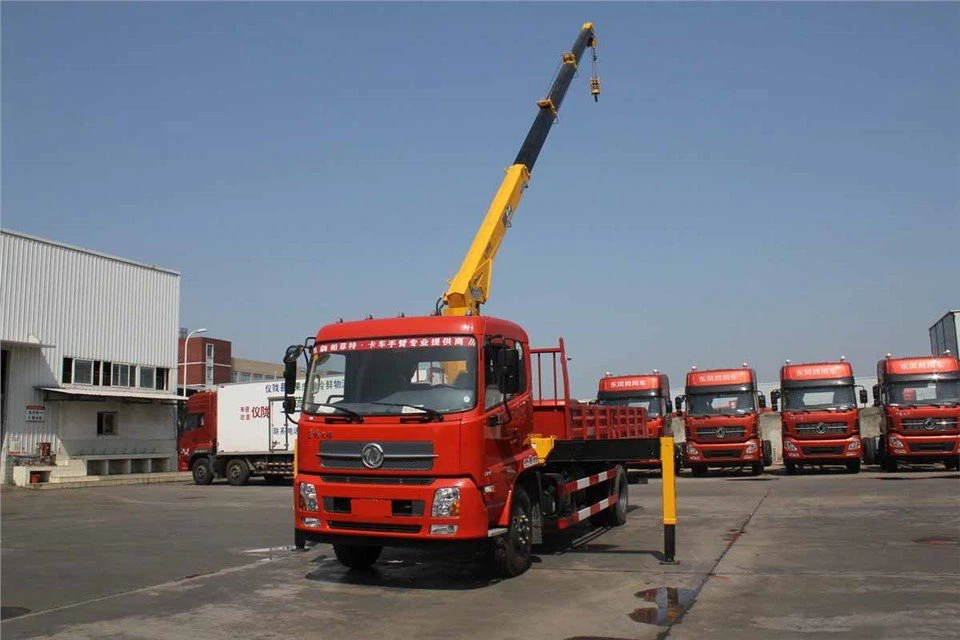Essential Guide to Firefighter Extrication Tools

Introduction
In emergency situations, the role of a firefighter can extend beyond battling flames to performing complex rescues. One of the critical aspects of these efforts is the use of specialized tools designed for extrication—removing individuals from vehicles or unstable structures after an accident. This comprehensive guide explores various firefighter extrication tools, their functionalities, and best practices to ensure effective rescues while prioritizing safety.
Understanding Extrication
What is Extrication?
Extrication is the process of removing a person from a dangerous situation, typically following a vehicle accident or structural collapse. Firefighters are often the first responders in these scenarios, and they must be equipped with the right tools and knowledge to perform extrication safely and efficiently.
The Importance of Extrication
In critical situations, timely extrication can be the difference between life and death. It requires not only tools but also skilled personnel trained in rescue techniques. Understanding how to use extrication tools effectively can save lives and minimize injuries for victims trapped in hazardous environments.
Types of Firefighter Extrication Tools
1. Hydraulic Rescue Tools
Hydraulic rescue tools are essential in extrication scenarios. They provide the necessary power to cut, spread, and lift debris. Common types include:
- Hydraulic Cutters: Used to cut through metal, glass, and hard materials.
- Hydraulic Spreaders: Designed to pry apart materials, creating space for rescue efforts.
- Hydraulic Rams: Utilized to push or lift heavy objects, helping to free trapped individuals.
2. Pneumatic Tools
Pneumatic tools are air-powered devices that also assist in extrication. They are often lighter and more portable than hydraulic tools. Some examples include:
- Pneumatic Saws: Ideal for cutting through a variety of materials quickly.
- Pneumatic Wrecking Bars: Useful for prying open doors and windows.
3. Manual Tools
While hydraulic and pneumatic tools are often preferred for their power, manual tools remain vital in certain scenarios. Examples include:
- Hand Tools: Items such as axes, shovels, and pry bars can aid in removing obstacles.
- Rescue Sleds: Used to transport victims safely after extrication.
4. Stabilization Equipment
Stabilization is crucial during extrication to ensure the safety of both firefighters and victims. Tools include:
- Struts: Provide support for unstable vehicles or structures.
- Air Bags: Used to lift heavy objects or stabilize shifting debris.

Best Practices for Using Extrication Tools
1. Assess the Scene
Before using any extrication tool, it is essential to assess the situation accurately. Identify potential hazards such as fire, electrical wires, or unstable structures. This will inform decisions on the appropriate tools to use and the safest approach for extrication.
2. Training and Familiarization
Firefighters must undergo extensive training to understand the operation of extrication tools. Regular drills and simulations can ensure that team members are familiar with each tool’s capabilities and limitations.

3. Team Coordination
Effective communication is key during an extrication operation. Establish clear roles among team members and maintain an open line of communication to ensure efficient workflow and coordination while using extrication tools.
Choosing the Right Tool for the Job
Selection depends on several factors, including the nature of the incident, the condition of the vehicle or structure, and the specific needs of the victim. A quick guide for choosing appropriate tools is outlined in the table below:
| Situation | Recommended Tools |
|---|---|
| Vehicle Collision | Hydraulic Cutters, Hydraulic Spreaders, Pneumatic Saws |
| Structural Collapse | Hydraulic Rams, Stabilization Struts, Air Bags |
| Limited Access | Pneumatic Tools, Hand Tools |
Case Studies of Successful Extrications
Case Study 1: Vehicle Extrication
In a recent vehicle accident involving a compact car wedged under a truck, firefighters utilized a combination of hydraulic cutters and spreaders. The swift assessment of the scene allowed the team to stabilize the truck before safely extricating the trapped driver within minutes.
Case Study 2: Structural Collapse
During an earthquake, a building partially collapsed, trapping individuals inside. Firefighters employed air bags to lift debris and used hydraulic rams to create space for rescue. Their training and use of effective tools enabled them to save several lives without further risking the stability of the site.
Maintenance and Care of Extrication Tools
1. Regular Inspections

Implementing a routine inspection schedule for all extrication tools is critical. Look for signs of wear and damage, and ensure each tool is functioning correctly before use in emergencies.
2. Proper Cleaning and Storage
After each use, tools should be cleaned and stored securely to extend their lifespan. Use appropriate cleaning agents that will not damage tools and ensure they are dry before storage.
3. Training Updates
Continual training on the operation and maintenance of tools can enhance the effectiveness and safety of extrication operations. Regular workshops can help firefighters stay current with best practices and new technologies.
Emerging Technologies in Extrication Tools
1. Battery-Powered Tools
With advances in battery technologies, many extrication tools are now battery-operated, offering enhanced portability and reduced weight. These tools can operate without the need for hydraulic hoses, increasing efficiency during rescues.
2. Integrated Sensing Technology
Emerging tools equipped with sensors provide real-time data, helping firefighters assess structural integrity and the safest method for extrication.
Conclusion
The tools and techniques available for firefighter extrication continue to evolve, improving response times and rescue success rates. Understanding each tool’s functionality and having a coordinated approach can ensure the safety and well-being of both firefighters and victims in emergency situations.
FAQs about Firefighter Extrication Tools
1. What are the most commonly used extrication tools by firefighters?
The most commonly used extrication tools include hydraulic cutters, spreaders, and rams, alongside pneumatic tools and manual hand tools.
2. How often should extrication tools be inspected?
Extrication tools should be inspected regularly, ideally before every use, to ensure they are in good condition and functioning correctly.
3. What types of training are required for using extrication tools?
Firefighters typically undergo specialized training that includes operational handling, maintenance, and safety protocols related to extrication tools.
4. Are there safety risks associated with using extrication tools?
Yes, safety risks can arise from improper use of tools, unstable environments, or lack of training. Proper preparation and adherence to protocols help minimize these risks.
5. What innovations are shaping the future of extrication tools?
New technologies, such as battery-powered tools and integrated sensing systems, are being developed to enhance the effectiveness and safety of extrication operations.
6. Can extrication tools be used in non-vehicle-related rescues?
Yes, extrication tools can also be effective in structural collapses, natural disasters, and other rescue scenarios beyond vehicle accidents.
